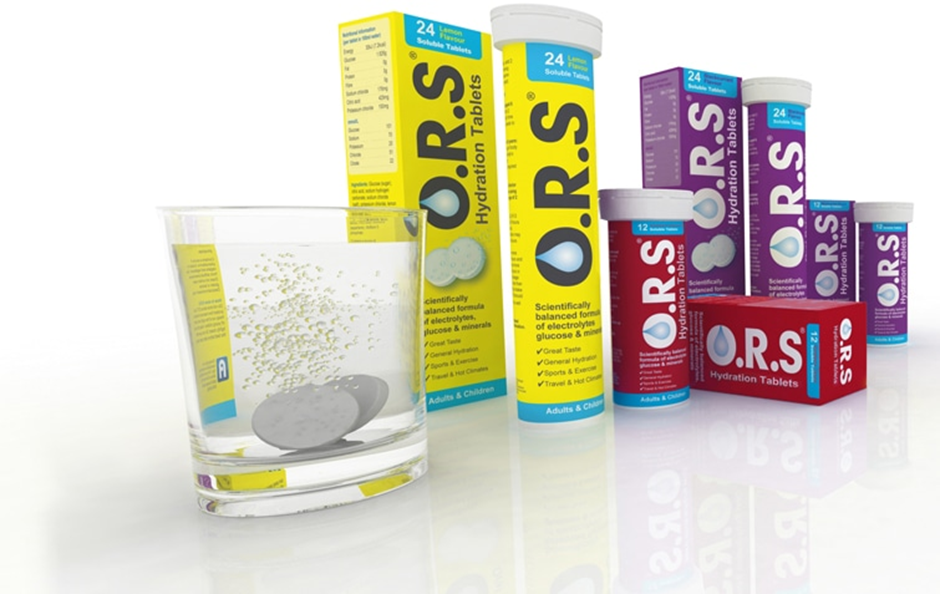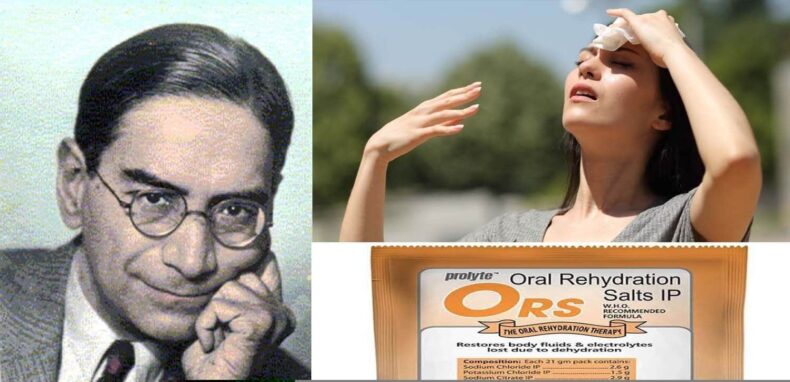ORS has been a part of our lives since we were children. It is a simple yet effective medicine for dehydration all over the world, but many people don’t know where it came from or who was the creator of ORS (Oral Rehydration Solution).

Dr Dilip Mahalanabis, the inventor of ORS, was a physician who died on October 16th, Sunday, in a hospital in Kolkata.
He was 87, suffering from a lung infection and many other age-related illnesses.
ORS is a simple combination of salt, glucose, and water. Diseases like cholera, dengue, and other diarrhoeal diseases are among the main causes of death in infants and young children in many third-world countries, where a person dies of dehydration according to the World Health Organization (WHO). ORS is a cost-effective solution for dehydration.
Before we talk about ORS, we must talk about its creator, Dr Dilip Mahalanabis. During the Bangladesh Liberation War, he was working in a refugee camp in 1971 when he came up with ORS. From 1975 to 1979, he worked for WHO in Afghanistan, Yemen, and Egypt on cholera control. In the 1980s, he worked for WHO as a consultant on research on bacterial disease management.
Dr. Dilip Mahalanabis and Dr. Nathaniel F Pierce were awarded the Pollin Prize by Columbia University, which is considered the Nobel Prize in pediatrics. Before the ORS, it was intravenous fluid infusion, which was neither simple nor cost-effective.
Early life
Dr. Dilip Mahalanabis was born in Kolkata, West Bengal on November 12th, 1934. He studied in both Kolkata and London, and he also trained at the Johns Hopkins University International Centre for Medical Research in Kolkata in the 1960s, where he conducted research in the field of oral rehydration therapy.
The War
When the war began in 1971, millions of refugees flooded from Bangladesh (then East Pakistan). It caused a hygiene problem for water and sanitation in these refugee camps. Cholera and diarrhoea ran rampant, and many died from dehydration and exhaustion.
In one of these camps, Dr Mahalanabis and his team were working in Bangaon, and they were running out of their stock of intravenous fluids and also lacked enough trained personnel who could administer this IV treatment.
The birth of ORS
Dr. Mahalanabis knew from his research that a solution of sugar and salt was needed, which increased the capacity of the body to retain water, so he and his team prepared a solution of salt, water and glucose and began to store them in tanks where the needy could just take them from there. This was the birth of ORS. Dr Mahalanabis tried to convince WHO about this new treatment by telling them it was a form of oral saline and gave them the formula for creating this solution. It was 22gm of glucose, 3.5gm of sodium chloride (salt), and 2.5gm of sodium bicarbonate (baking soda) per litre of water. This was effective against diarrhoeal diseases like cholera, said Dr Mahalanabis in his letter to WHO.

Dr. Mahalanabis also wrote later in WHO’s South-East Asia Journal of Public Health about the problems he faced with traditional treatments of oral rehydration therapy, like transportation and a lack of trained personnel. ORS was the only solution to the problem faced at that time.
In an article from WHO, Dr. Mahalanabis said that within 2-3 weeks, the treatment worked even without the trained personnel, as it was easy to administer. The doctor and his team created pamphlets that described the formula for making it and distributed them along the border. This formula was also broadcast on a radio station in Bangladesh.
It was found that the fatality rate of Dr. Mahalanabis’s camp was down from 20–30% (a camp that used intravenous fluids) to 3% (where ORS was administered). ORS was popularised in Dr Mahalanabis’ camp by Dr. Dhiman Barua, WHO’s head of the Bacterial Diseases Unit. He sadly died last year at the age of 99.
At first, WHO and the medical fraternity were skeptical, but later, the WHO started to adopt ORS as the standard treatment for diarrhoeal diseases like cholera. In India, July 29th is observed as ORS Day.

The ORS formula recommended by WHO is a mixture of trisodium citrate dehydrate, sodium chloride, potassium chloride, and anhydrous glucose. As for homemade solutions, steps are given by the National Health Portal.
- Take six level teaspoonfuls of sugar (1 teaspoon = 5g).
- Half a level spoonful of salt.
- 1 liter of pure water
- Stir until the salt and sugar have dissolved completely.
After making ORS, it should be drunk within 24 hours and must be covered properly due to the risk of contamination.













